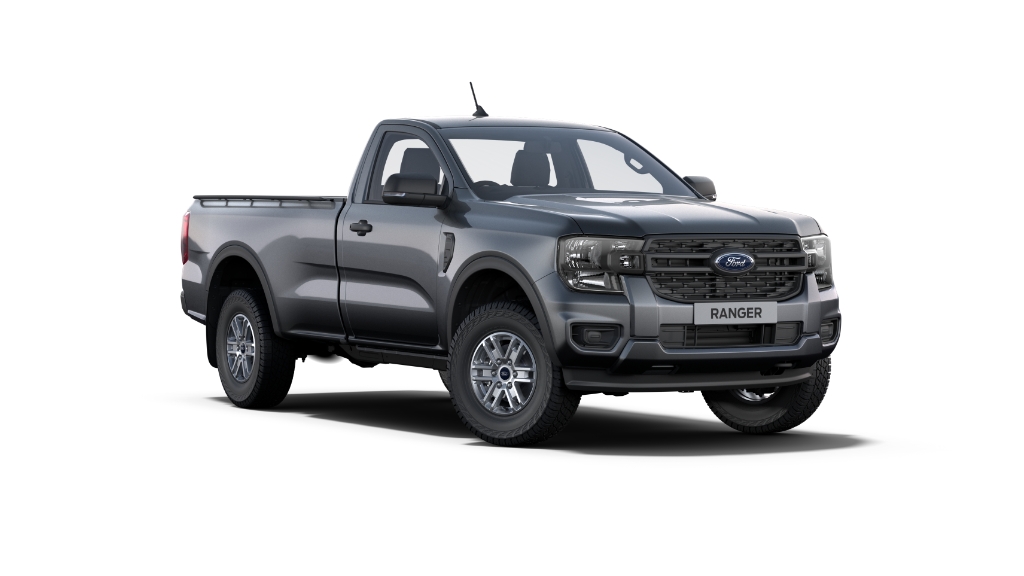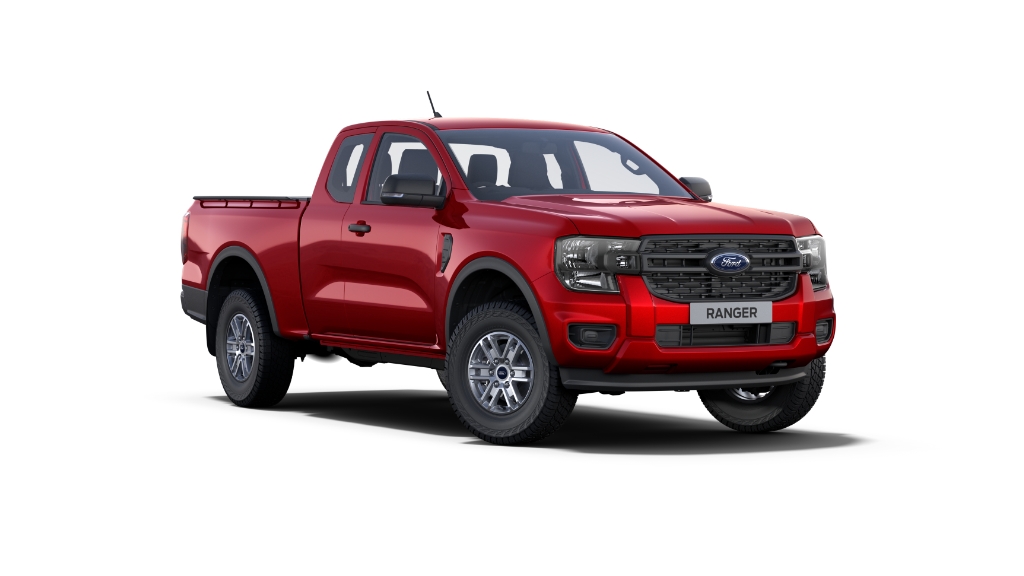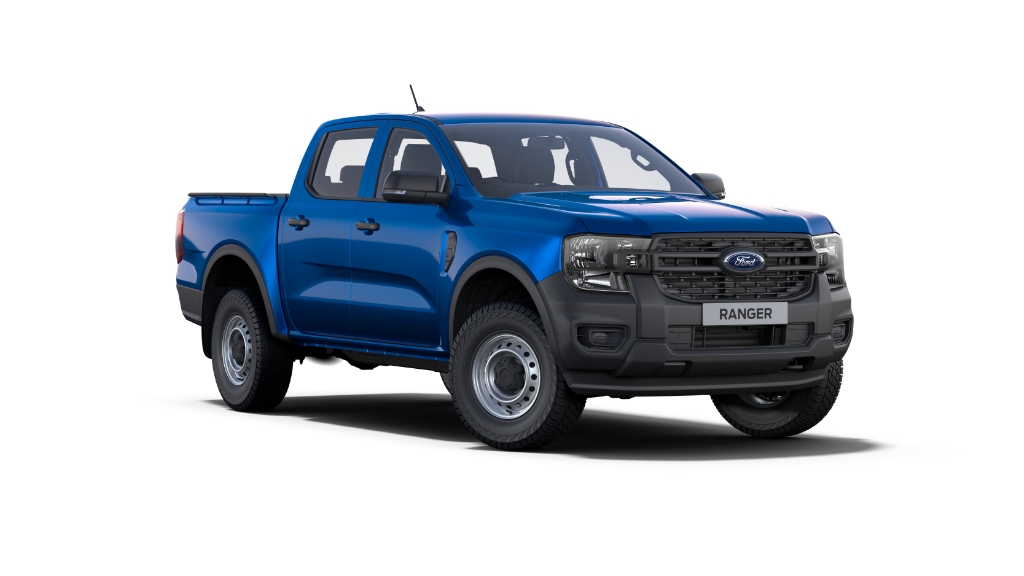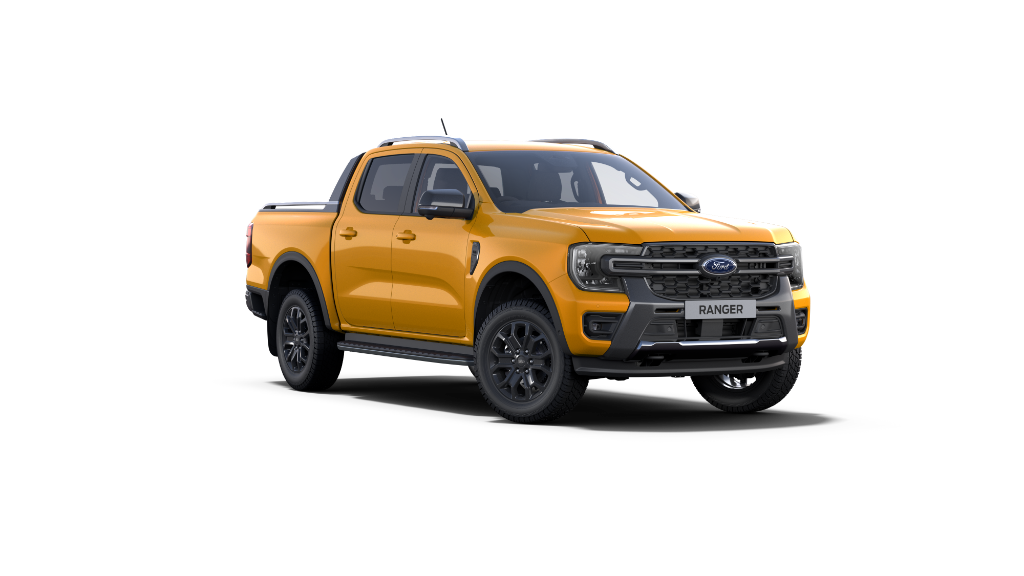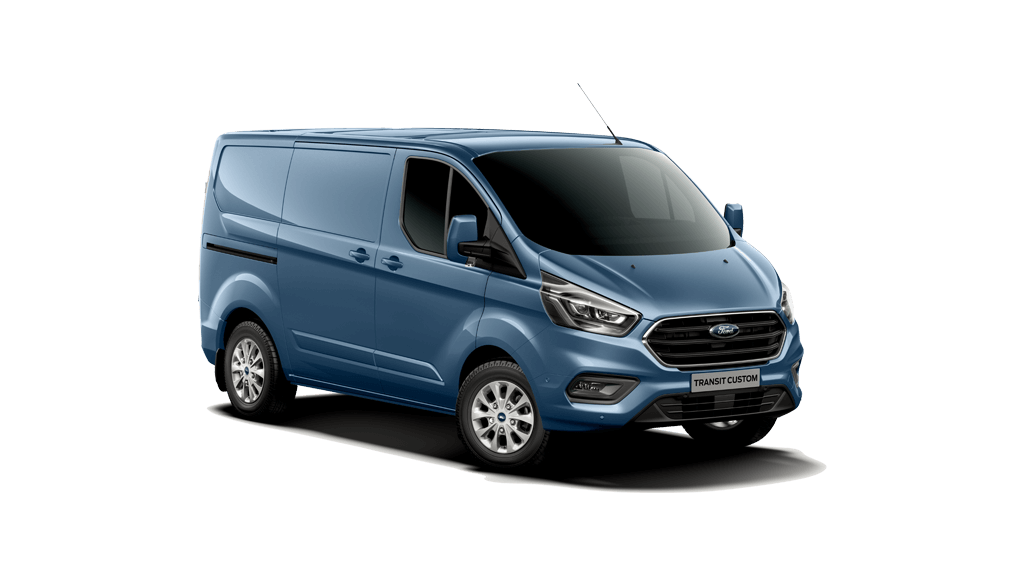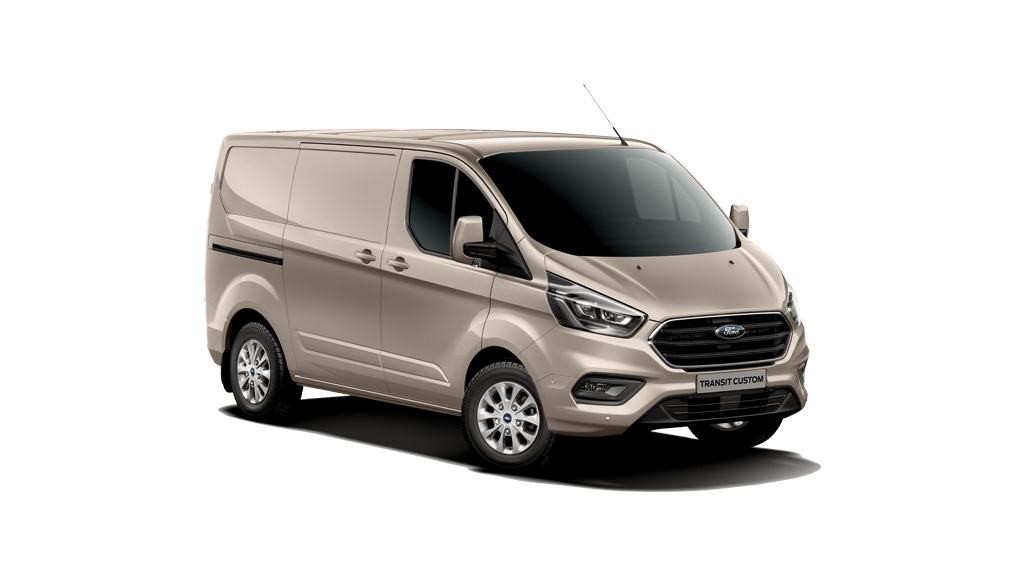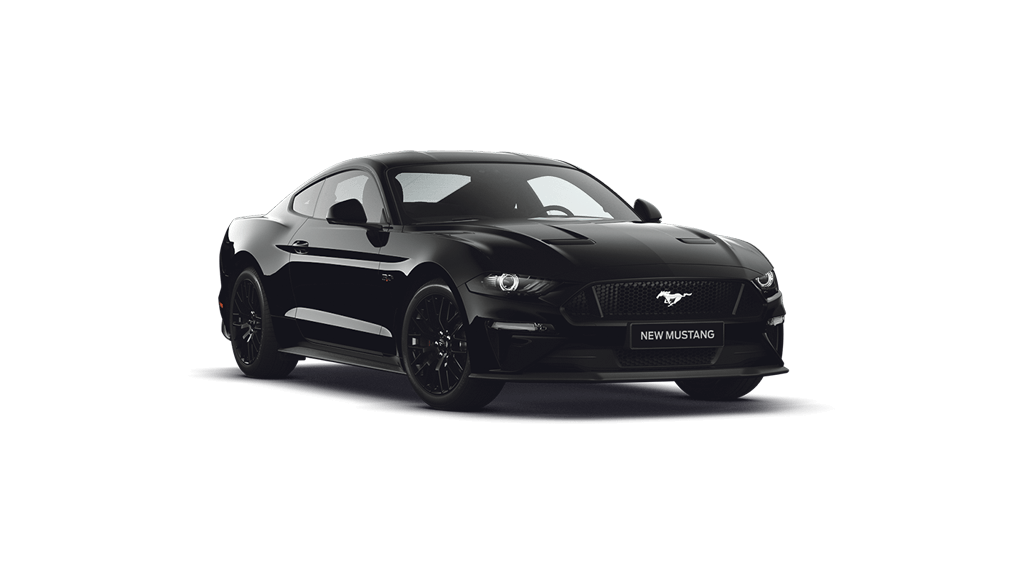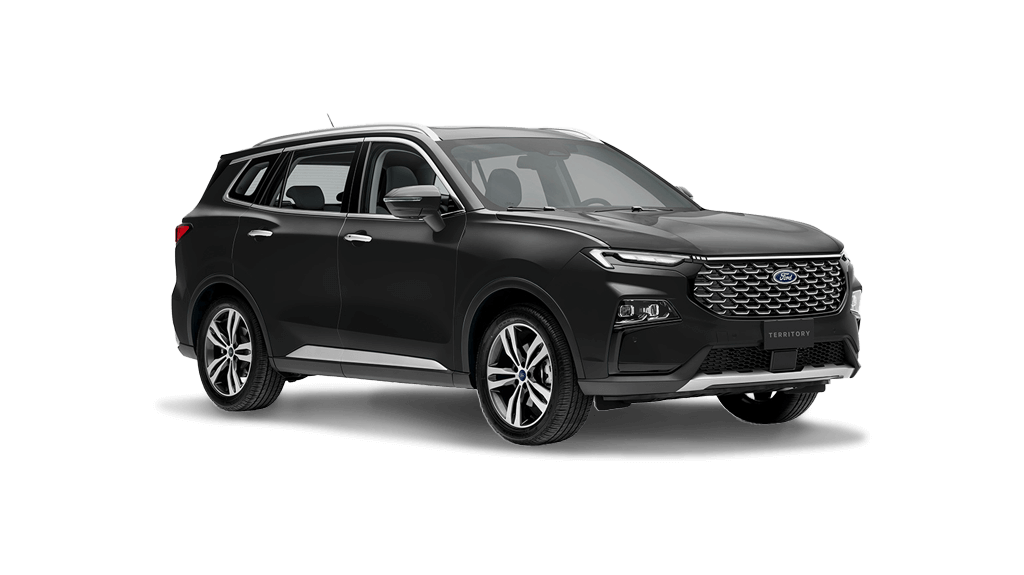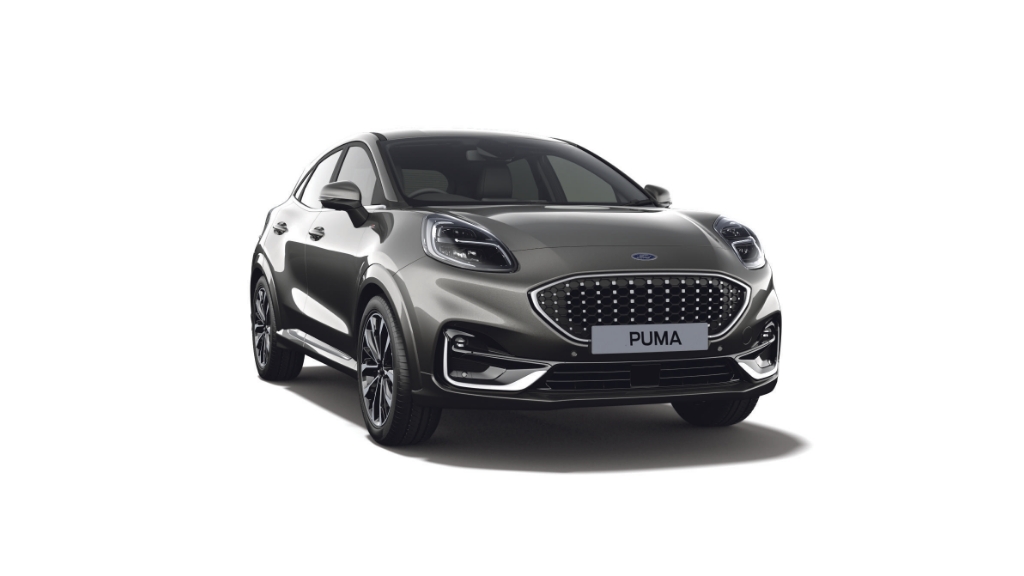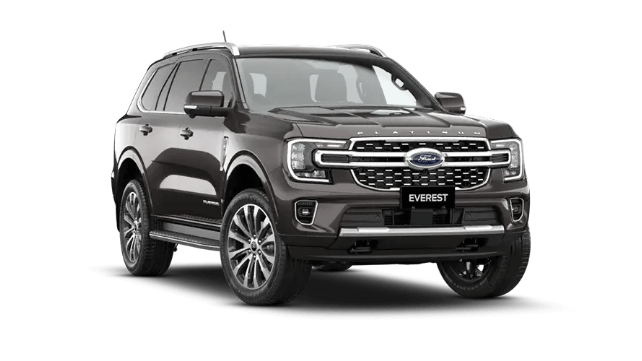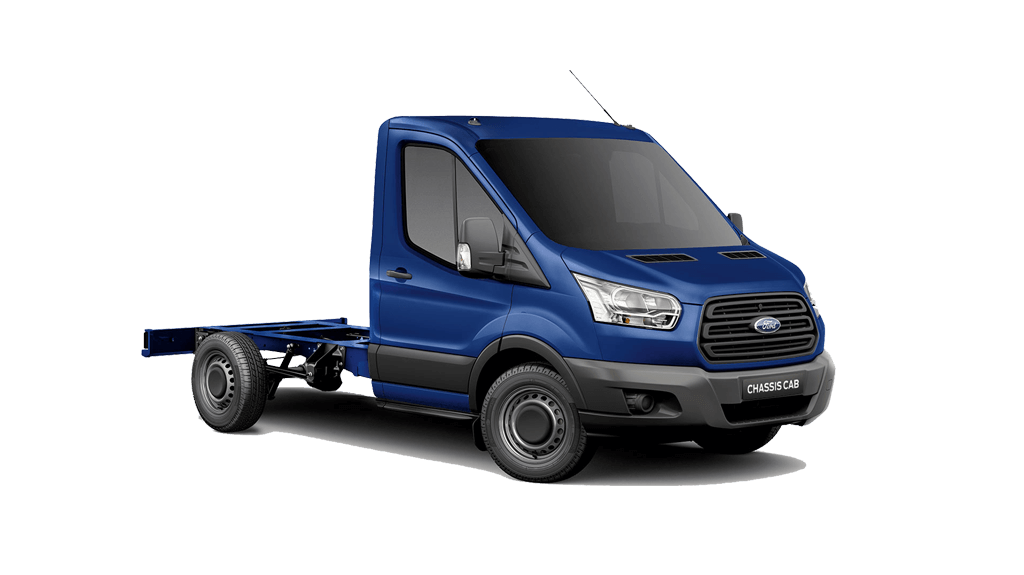Ford news
Robots, Virtual and Physical Testing Helped Ford Make Next-Gen Ranger and Everest the Safest Yet
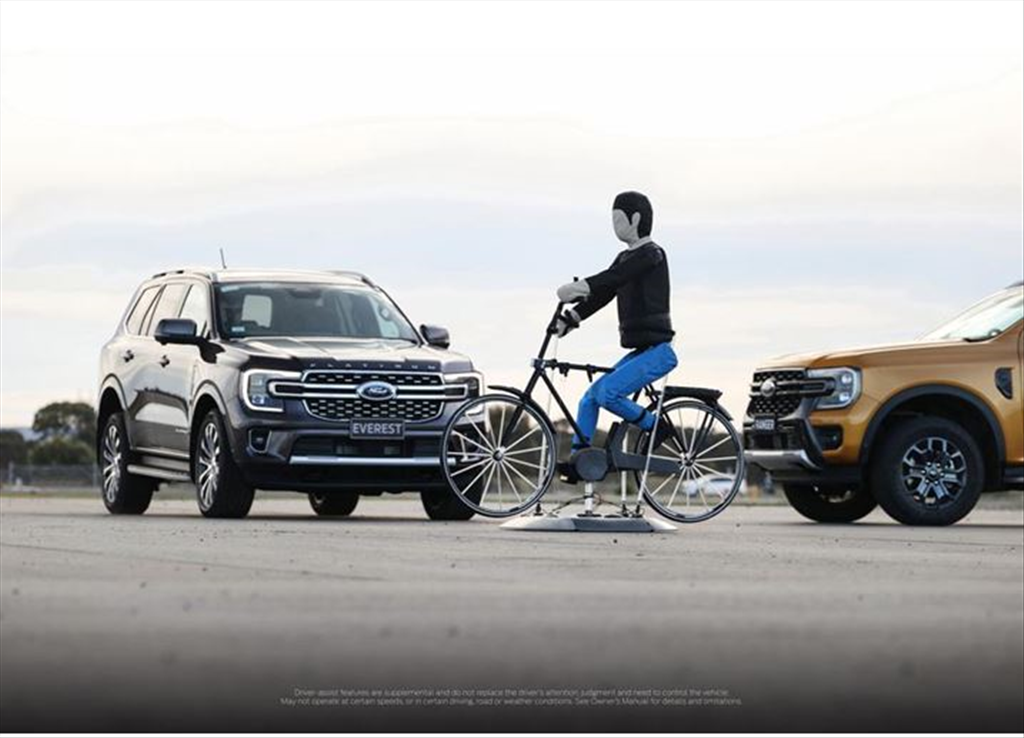
- Three robots helped Ford engineers test the full gamut of advanced driver assist systems (ADAS), like pre-collision assist with automatic emergency braking (AEB), lane keeping aids, evasive steer assist, reverse brake assist and more
- Ford engineers conducted more than 150 virtual crash tests of next-gen Ranger and Everest, and more than 100 physical crash tests
- At the core of the next-gen Ranger and Everest is an immensely strong body that uses high-strength materials to create a ‘safety cell’ to protect occupant
PRETORIA, South Africa, September 12, 2022 – At Ford’s Proving Ground in Australia, Ray, Rosie and Roberto are integral members of Ford’s safety team, helping to develop the very latest in crash protection features and advanced driver assist systems that enable owners to drive with more confidence on the road.
This cutting-edge robotic trio are tasked with helping Ford test driver assist systems, like pre-collision assist with automatic emergency braking (AEB), lane keeping aids, evasive steer assist, reverse brake assisti and more.
Each robot plays a crucial part in advanced driver assist systems testing; Rosie is a Guided Soft Target (GST) vehicle, Ray is a Vulnerable Road User (VRU), and Roberto is an in-car driving robot. The robots ensure next-gen Ranger and Everest’s advanced driver assist systems (ADAS)i can handle a multitude of scenarios involving other road users, including vehicles, pedestrians, and cyclists.
“Having our three robots means we can now run the full gamut of ADASi scenarios, everything from nose-to-tail, offset, intersections, pedestrians, cyclists and more, in less time,” said Chet Yakupitiyage, advanced driver assistance systems (ADAS) attribute engineer. “We can also run more tests on any given day or night and with more real-world accuracy than ever before.”
Ford ADAS engineers used to rely on towed soft targets to test and tune systems like pre-collision assist with AEB but driver error and even weather conditions could cause inconsistencies in tests and stretch out testing programmes. Ford’s three robots ensure a broader range of ADAS tests can be replicated with centimetre precision at day or night.
Rosie and Ray robots have the ability to be precisely synchronised with a test vehicle, whether it’s being operated by a robot driver (Roberto) or a human, allowing for complex ADASi scenarios to be created.
When fitted with a full-sized soft target, Rosie (the GST robot) carries the same radar signature as a real car. This allows the ADAS team to perform a variety of real-world tests to ensure systems like pre-collision assist with automatic emergency brakingi work correctly.
To ensure accurate coordination with Rosie and Ray, Ford’s in-car driving robot Roberto, equipped with sophisticated motion control technologies, is fitted to the test vehicle to control the steering, brakes, and accelerator. For additional safety on-site, an engineer remains in the driver’s seat to take control of the test vehicle if needed, while another engineer keeps a watchful eye on either Ray or Rosie and can take manual control if required.
Similarly, Ray, the Vulnerable Road User with Launch Pad, allows the team to test for a variety of pedestrian, children and cyclist scenarios at both day and night.
“With Ray we can simulate a child popping out from in front of a parked car, a pedestrian stepping out in front of a vehicle at night, or a cyclist riding across the road in front of the vehicle,” said Yakupitiyage.
“Our robots are the same as those used by my colleagues in other markets, which means we can share data, scenarios and perform tests in Australia to support teams in Europe and America to ensure our advanced driver assist systems meet Ford’s own stringent test criteria but also global NCAP protocols.
“Ray, Rosie and Roberto not only ensure more accurate and consistent results when testing these complex advanced driver assist systemsi but they also allow us to get much closer to real-world scenarios than ever before, and that should give buyers confidence that the advanced driver assist systems on next-gen Ranger and Everest have been designed to handle almost anything they’ll encounter on the road,” said Yakupitiyage.
Total commitment to safety
From physical tests at Ford crash labs around the globe, to undergoing thousands of hours of virtual crash testing, and having their advanced driver assist systems tested by robots, Ford’s passive safety and advanced driver assist systems teams worked tirelessly to develop the safest next-gen Ford Ranger and Everest.
At the core of the next-gen Ranger and Everest is an immensely strong body that uses high-strength materials to create a ‘safety cell’ to protect occupants, said Franco Moras, vehicle safety manager, Ford Australia. The placement of high-strength steels in the A-pillar, B-pillar, and C-pillar, as well as door sills, are to ensure that crash loads are directed away from occupants.
To achieve high levels of safety and meet Ford’s demanding in-house requirements, Ford engineers used both analytical virtual testing and physical testing.
More than 150 computer-aided engineering (CAE) next-gen Everest and Ranger models were built and analysed, each looking at crash scenarios as diverse as frontal offset, rear impact, and side impacts. Also, dozens of occupant impact scenarios were carried out to ensure the protection of a wide range of occupant statures (adults and children), as well as low-speed crashes, the kind you might experience in a car park, to determine the repairability of minor components.
“Before we had built a single physical prototype, we tested next-gen Ranger and Everest to destruction, virtually. Doing this allowed us to make fast adjustments and improvements to vehicle architecture which led to the development of a much safer vehicle,” said Moras.
Out in the real world, both next-gen vehicles underwent dozens of real-world crash tests, ranging from shopping trolley impacts to high-speed simulated dummy kangaroo and car-to-car impacts. In all, Ford engineers conducted more than 100 full vehicle crash tests, combined with hundreds of physical sled tests that simulate a full vehicle with occupants. This was supported by hundreds of sub-system and component level testing.
“We’ve packed some of the newest driver assist features into a reinforced occupant cell to ensure you and your passengers are always safe,” said Moras.
Thanks to Ford’s strict safety testing regime, and the hard work of all its safety teams, including Ray, Rosie and Roberto, the next-gen Ranger and Everest have received a five-star rating from ANCAP.
‘Help me drive’ features
“Perhaps one of the most welcomed new features on the next-gen Ford Ranger and Everest for customers who tow is the enhanced blind spot information system (BLIS), which now includes trailer coverageiii, said Steffen Herrmann, ADAS supervisor, Ford Australia.
BLIS not only provides coverage for the Ranger and Everest but also for a conventional trailer measuring up to 2.4 metres wide and up to 10 metres long. Depending on the variant and market, both next-gen Ranger and Everest also offer a trailer checklist and light check too.
Next-gen Ranger and Everest’s pre-collision assisti has been enhanced to cover both pedestrians and cyclists and offers emergency braking support at intersectionsii thanks to a new, wider-view camera.
“These advanced driver assist systems should be seen as a, ‘helps me drive’ feature for customers,” said Herrmann. “There’s a real customer benefit and we’re proud of the enhancements.”
Five-star performance
The next-gen Ford Ranger and Everest have become the automaker’s latest models to be awarded a five-star rating from ANCAP in Australia and New Zealandiv, continuing the five-star rating performance of the previous-generation Ranger and Everest.
Both the next-gen Ranger and Everest achieved strong scores in adult occupant protection for frontal offset (MPDB), side impact and far-side impact tests. And both vehicles were awarded maximum (‘good’) scores for the level of child occupant protection in frontal offset and side impact collisions.
ANCAP Chief Executive Officer, Carla Hoorweg said, “a five-star safety rating isn’t an easy achievement, yet it is particularly important when considering the very broad range of uses the Ranger and Everest will be purchased for”.
Everest and Ranger’s advanced driver assistance systems, including pre-collision assist with automatic emergency brakingi, lane keeping system with the ability to detect unmarked road edges, while the new wide-view camera helps with pedestrian detection, and oncoming vehicles in ‘turning-across-path’ intersection scenarios, all scored highly in ANCAP tests.
“This is good news for fleets, families and tradies, as well as recreational consumers – everyone who uses these models for work and play,” said Hoorweg.
ANCAP’s current testing protocols are the strictest in the organisation’s history, for example, the speed of the side impact crash test has been increased to 60km/h (from 50km/h) while the weight of the test trolley increased to 1400kg (up from 1300kg). Active safety tests have expanded (compared to 2018) making it harder to achieve a five-star rating and now include the testing of AEB performance at junctions between vehicles and passengers. Ranger and Everest’s new forward-facing wide-view camera were a key factor in helping the vehicles score highly in ANCAP’s active safety testing.
“Achieving a five-star ANCAP safety rating on next-gen Ranger and Everest is great news. We know how important safety is to vehicle buyers, and we want customers to have total faith that their Ranger or Everest is watching out for them,” said Ian Foston, chief platform engineer, Ford Ranger and Everest.
“That’s why, as part of the development of next-gen Ranger and Everest, we carried out extensive crash testing in Australia, North America and Europe, covering regulatory, public domain requirements (such as NCAPs), as well as stringent corporate requirements. This testing often goes above government mandated requirements to ensure Ranger and Everest’s safety is robust,” said Foston.
“All of our safety teams, plus of course Ray, Rosie and Roberto, worked tirelessly to ensure driver assist features were cutting edge and up to the standard expected by a modern vehicle buyer,” concluded Foston.
Notes
I Driver-assist features are supplemental and do not replace the driver’s attention, judgment and need to control the vehicle. May not operate in some driving and road conditions. Please see the Owner’s Manual for more information
ii Not all vehicle features will be available in all markets or in all series. Precise specifications for each market will be confirmed prior to launch.
iiiBLIS with Trailer Coverage Supports trailer dimensions up to 2.4m wide and up to 10m long from the rear of your vehicle. Drivers will need to create a profile of their trailers in SYNC to support this system.
ivThe five-star ANCAP safety rating applies to all Everest variants, and all tray-back and cab-chassis XL, XLS, XLT, Sport and Wildtrak Ranger variants in Australia and New Zealand. Extended cab (RAP Cab) variants and Raptor variants of the Ranger are currently unrated.
Original Article: Ford Dealerview

